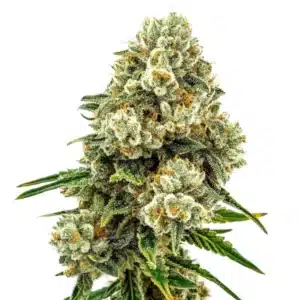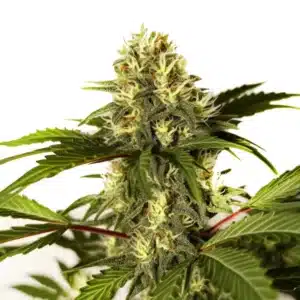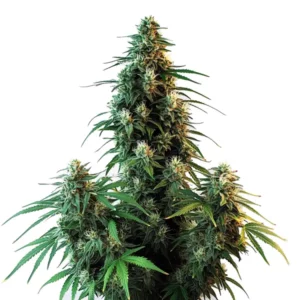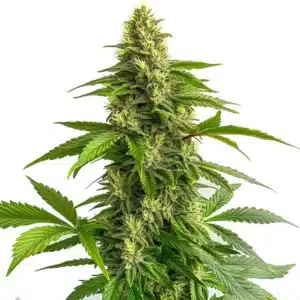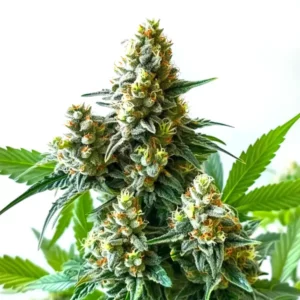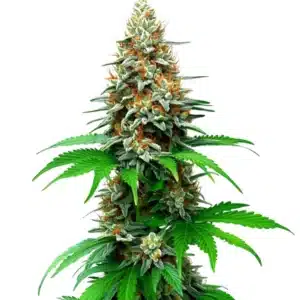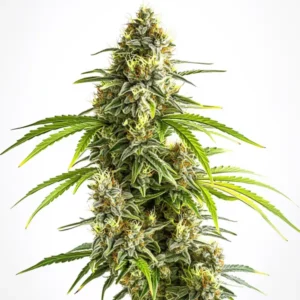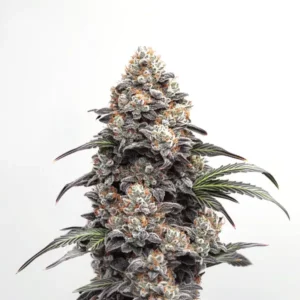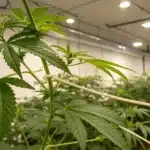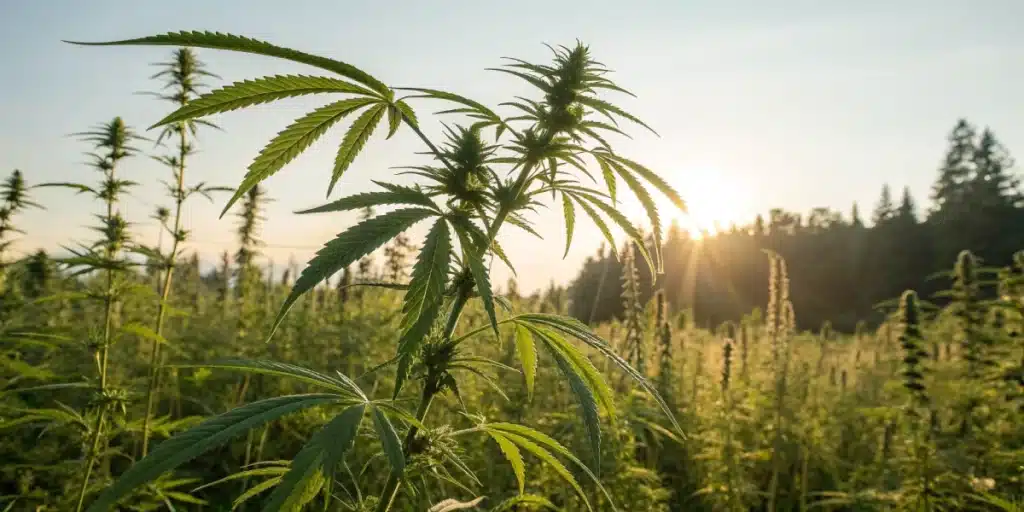
Bending Weed Plants: Techniques for Improved Yield
Grasping Plant Bending Concepts
What Is Bending Weed Plants?
Bending weed plants is a hands-on cultivation technique that involves shaping cannabis growth to maximize light exposure and improve yields. This approach shifts the plant’s vertical tendency into a horizontal structure, allowing light to reach all bud sites more effectively. When applied correctly, it encourages robust lateral development, forming a fuller, more productive canopy.
This technique is especially effective during the vegetative stage, when cannabis stems are still green and pliable. As our expert explains, cannabis fibers are soft and flexible in early growth. However, in the flowering stage, the stems become woody and rigid, increasing the risk of breakage.
Recommended Strains
Acid Diesel
-
THC: 18% - 20%
-
Type of seed: Feminized
-
Phenotype: 40% Sativa / 60% Indica
-
Flavor: Diesel, Earthy
-
Day to flower: 8 - 10 weeks
CBD Sugar 1:25
-
CBD: 16% - 20%
-
THC: 0.1% - 0.2%
-
Type of seed: CBD Feminized
-
Phenotype: 30% Sativa / 70% Indica
-
Flavor: Fruity, Sweet
-
Day to flower: 8 - 10 weeks
Purpose and Expected Benefits
The main purpose of bending is to improve yield and quality by expanding light penetration to every part of the plant. By carefully bending the stems, you allow sunlight to reach previously shaded bud sites, which activates more vigorous photosynthesis. Improved airflow is another benefit, reducing humidity pockets that may harbor mold or pests.
Promos & Deals
Popular Bending Techniques
Low-Stress Training Methods
Low-Stress Training (LST) involves gently pulling and tying down the branches of young plants. Growers use soft ties or flexible clips to guide growth without damaging tissue. This encourages a flatter, broader canopy, allowing lower bud sites to thrive.
LST is best implemented early, during the first weeks of vegetative growth. The idea is to redirect energy to lateral branches, forming multiple main colas instead of a single dominant one. Since there’s no cutting, plants suffer less stress.
Another popular LST method involves hanging small weights from the lower branches. This gradually pulls them downwards and outwards, encouraging the plant to develop a wide, open ‘candelabra’ structure. This technique is excellent for opening up the plant’s interior to more light and air without the need for tying branches to the pot.
Manual Bending Strategies
More experienced growers may opt for manual shaping by carefully bending branches by hand. This method offers precise control but requires a careful touch, particularly in later growth stages when woody stems are prone to snapping. This method is useful for quick adjustments. Combining manual bending with defoliation or topping can produce dramatic improvements in light exposure and airflow.
What to Do If a Branch Breaks
Even with a gentle touch, accidents happen. If a branch bends too far and snaps or splits, don’t panic. If the branch is not completely detached, you can often save it by creating a splint. Immediately realign the broken parts and wrap the break securely with tape (like grafting or electrical tape). For added support, you can splint it with a small stick or pencil. Many growers also apply a plant healing agent or aloe vera to the wound to aid recovery and prevent infection. The branch will often heal and form a tough knuckle at the break point.
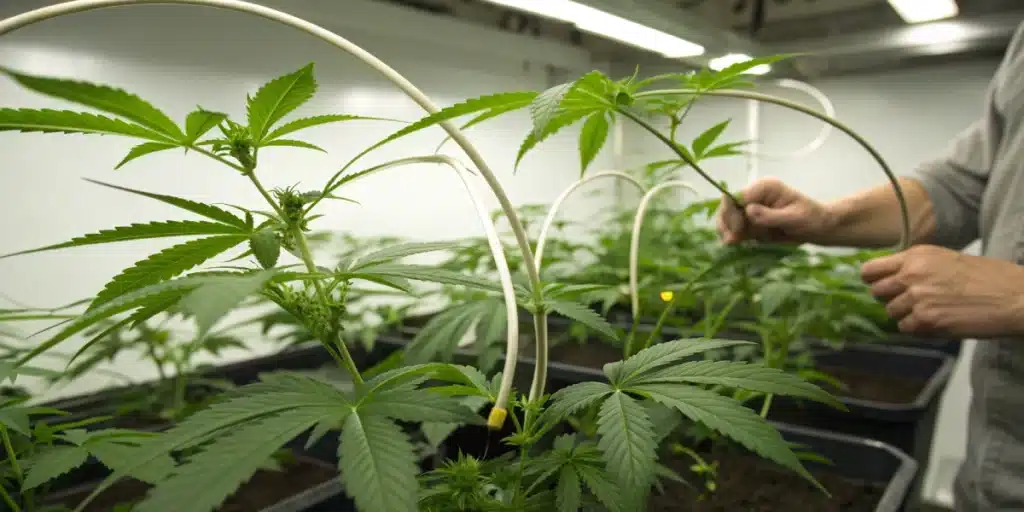
Equipment and Tools Required
For safe bending, having the right tools is essential. Use soft-coated wire, Velcro ties, or silicone training clips to anchor branches without cutting into them. Our expert advises avoiding wooden stakes, as they may harbor fungal spores; plastic supports are more hygienic.
Proper Use of Plant Ties
Ties must offer enough tension to hold branches but also flex with growth. Leave a small gap between the tie and the stem to avoid cutting off nutrient flow. As the plant develops, check and adjust ties weekly to accommodate expansion.
Timing and Environmental Considerations
Start bending early, within the first 2–4 weeks of vegetative growth when stems are moist, flexible, and forgiving. Avoid initiating bending during flowering, as structural changes can lead to stress or breakage.
The success of bending also depends on the growing environment. Warmer temps and moderate humidity levels maintain stem flexibility. Before bending, ensure your grow space is hydrated, well-lit, and ventilated.
Maximizing Yield Through Shaping Techniques
Shaping the canopy ensures that every branch receives equal light, which boosts trichome production and leads to fuller bud formation. This redistribution not only increases yield but also improves flower density and terpene development. Bending rebalances the plant’s internal energy use, forcing it to feed multiple bud sites simultaneously and encouraging symmetrical development.
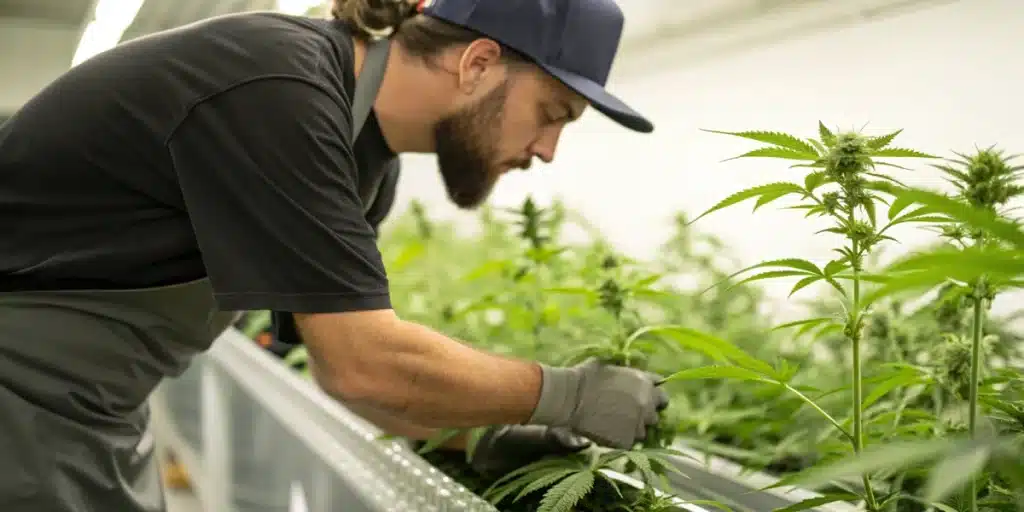
FAQs about bending weed plants
What’s the best method to start training cannabis plants?
Low-stress training is often recommended for beginners because it’s safe, effective, and doesn’t harm the plant. Gently guiding branches outward with soft ties allows for canopy control and better light access across the plant. It’s a slow but steady method that supports vigorous growth. The simplicity and versatility of LST make it a staple in both beginner and expert cultivation programs.
When should I begin shaping my plants?
Start during the vegetative stage, ideally within the first few weeks after transplanting. Early training helps lock in shape before the plant becomes woody. Acting at this stage provides more flexibility and faster recovery time. It also prepares the plant to enter flowering with an optimized canopy, ready for bud production.
How do I avoid damaging my plant during the process?
Always make sure stems are hydrated and flexible before training. Use soft materials to avoid injury, and never bend cold or dry branches. Check regularly to ensure ties aren’t too tight, and adjust positioning as needed. Take your time when applying pressure, and monitor the plant for signs of stress or recovery delays.

